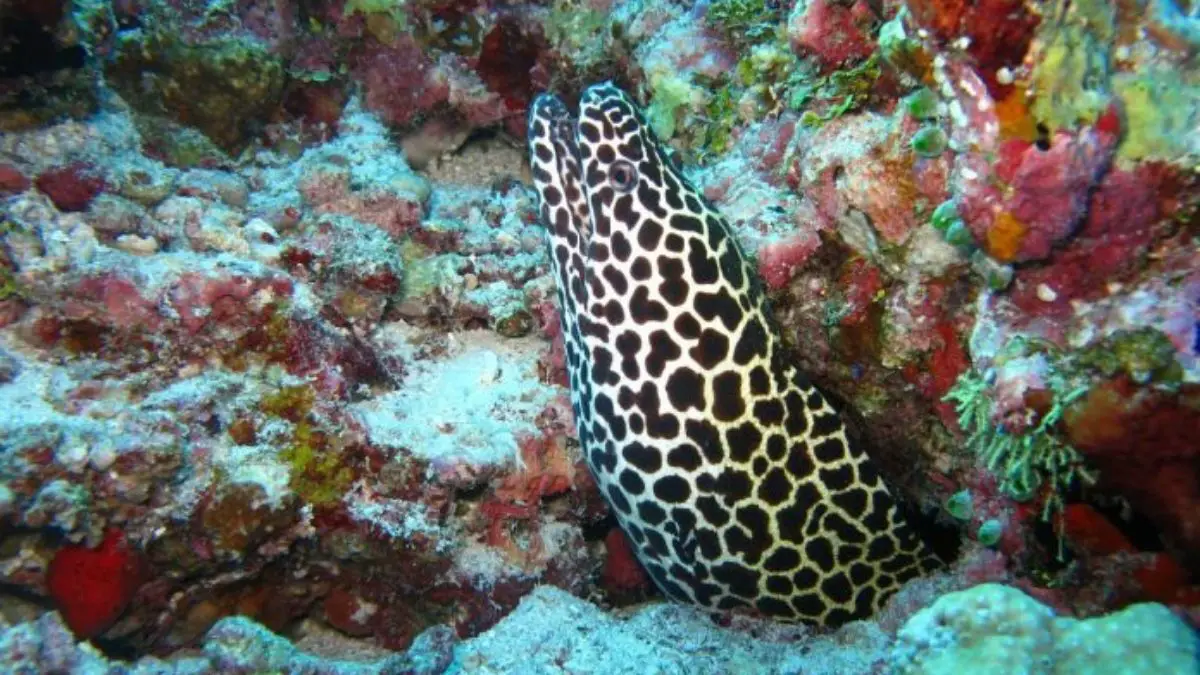Eels are one of the many animals that migrate. Eels migrate in order to mate and lay eggs. Some eels travel more than 3000 miles to reach their breeding grounds. We know this because scientists were able to use satellite tags to track the American eel as they traveled from there natural home to their spawning areas.
In biology class we were told that the eels we caught in creeks and ponds had emerged from eggs suspended in the ocean, specifically the Sargasso Sea, the southwestern part of the clockwise gyre in the North Atlantic—an idea that required more faith than imagination.
We know that freshwater eels reproduce in the ocean because larvae have been found drifting near the surface thousands of miles from any shore. Eel larvae—tiny, transparent creatures with thin heads, bodies shaped like willow leaves, and outward pointing teeth—were thought to be a separate species of fish until 1896, when two Italian biologists watched one in a tank metamorphose into an eel.
James Prosek, National Geographic, September 2010
Contents
American Eels
American eels migrate from Nova Scotia to the Sargasso Sea (near the Bahamas) which is 1,500 miles away from where they live. They can be found in the Great Lakes and along the Atlantic coastline. These eels only mate once and die soon after laying their eggs.
European Eels
European eels migrate from European rivers and streams to the Sargasso Sea as well (3000 miles away) where they also spawn and then die. Most of these eels start their migration in August and December.
If you happen to see an eel or group of eels traveling, for example, while diving or snorkeling, try to avoid them as they are wild animals and will attack and bite humans.
Conclusion
It is true that young eels stay in freshwater until they reach adulthood, somewhere between 10 to 25 years. They then travel back to the Sargasso Sea to mate and lay their eggs. You can read more interesting facts about eels, what they eat, and more on these pages:

